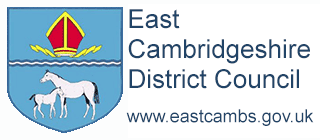Current Rates and Allowances
How much Income Tax you pay in each tax year depends on:
- how much of your income is above your Personal Allowance
- how much of your income falls within each tax band
Some income is tax-free (external link)
For further information, please visit Income Tax rates and Personal Allowances (external link)
